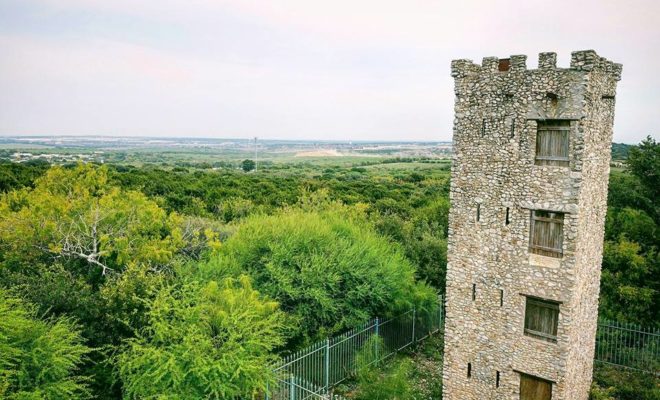Many parks around San Antonio are modern constructions, designed for the comfort and convenience of city dwellers, but one park has been an integral part of the history of the area for hundreds of years. The Comanche Lookout Park history extends far beyond the time when Comanche and Apache invaders were a part of the region. Its location and position as one of the highest hills in the area made it a prime point for various people to use as a lookout.
History
Comanche Lookout Park History: The Past of a San Antonio Landmark
Ancient Area Users
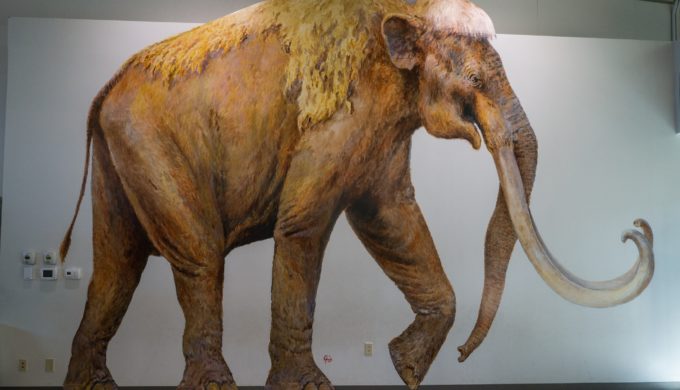
Photo: Flickr/Jay Galvin
Comanche Lookout Park history starts thousands of years ago. Evidence exists of people in the region as early as 9,200 B.C. Fossils, arrow points, and ceramics found along Cibolo Creek attest to these earliest area users. Likely the people did not settle into cities. Rather they lived a nomadic lifestyle of hunters and gatherers, using the high vantage point of the hill to scout out game such as mammoth and bison. Natural flint in area rock brought more Native Americans to the region to collect the flint for their tools.
Under Spanish Texas
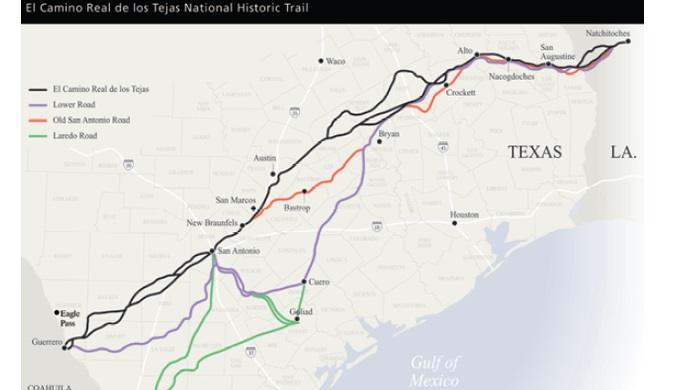
Photo: Wikimedia Commons
More recently, 300 years ago to be exact, the Spanish used this high hill as their own lookout point. Part of the famed Camino Real de los Tejas ran near the base of the hill as it made its way toward Nacogdoches from central Texas. During this time, the Comanches would hide on the hill that would one day become Comanche Lookout Park and wait for travelers along the road.
Texan’s Use of the Land
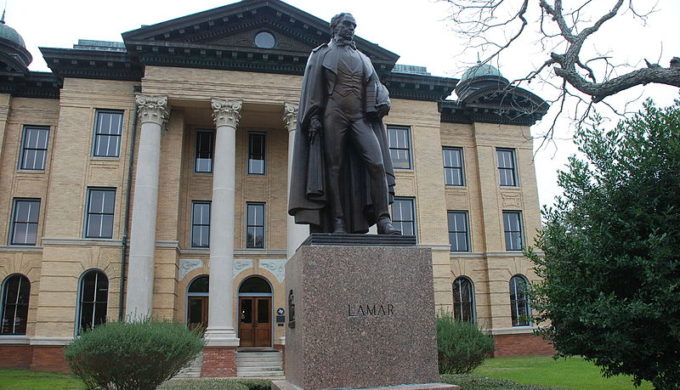
Photo: Wikimedia Commons
By 1847, the hill and surrounding land passed to James Conn. From Conn, the land changed hands multiple times – a common occurrence then – until President Mirabeau B. Lamar purchased it in 1848. Despite his political position in the Republic of Texas, Lamar did not intend the land for government use. In fact, he did not use the land at all, passing it to his 7-year old daughter at his death just 11 years later. Over the next several decades, landowners traded the property amongst themselves, with few using the hill until 1923 when Colonel Edward Coppock purchased the land and hill for $6,000.
The Tower
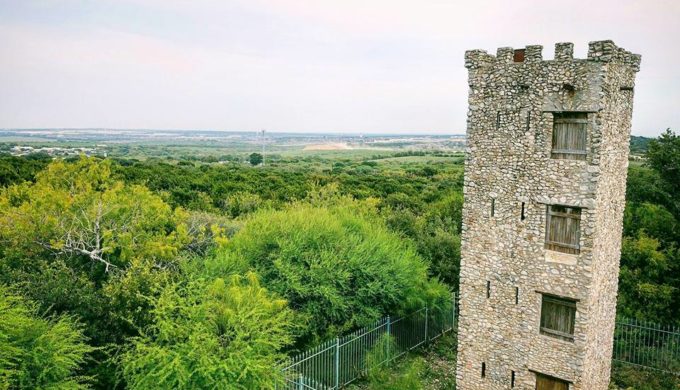
Photo: Facebook/Atlas Aerial
Though it looks ancient, the tower in Comanche Lookout Park history did not come during the Spanish rule of Texas or even during the Republic of Texas days in the 1800s. Colonel Coppock and his sons constructed the tower, which would be a portion of a hand-built castle on the hill. The tower essentially would act as a hay and grain barn. Unfortunately, in 1948, Coppock and his construction partner Tarquino Cavazos both passed away, leading to the castle’s abandonment and the land’s sale.
A City Park
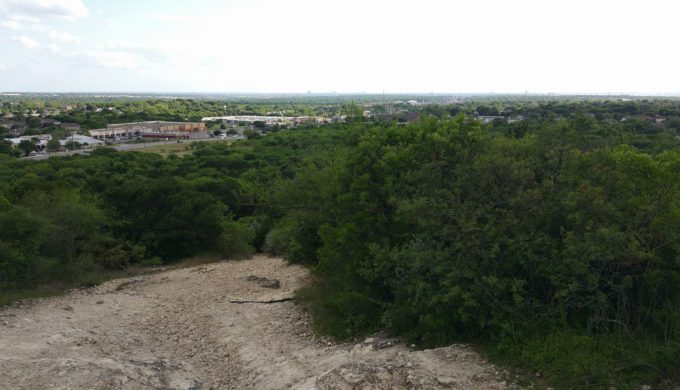
Photo: Facebook/Juan Morales
Of course, the Comanche Lookout Park history ends with the land becoming a city park, but how did it pass from the Coppock family in the 1960s to the city of San Antonio? Private owners passed the land, once more, from one to another, but by 1990, the Texas economy collapsed, and the federal government took charge of the hill. Just four years later, the city paid for the site with $1.4 million from a bond. Initially, the goal was to protect the tower and surrounding green space while providing park users with parking spaces, water fountains, and trails. The next major renovation of the park came in 2005 with the construction of the environmentally friendly Semmes Branch Library. With its peaceful preservation of nature, modern park visitors can look out for books instead of invaders.
Sources:

